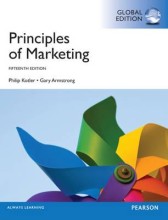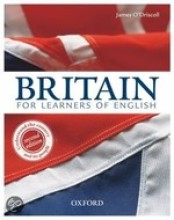Introducing Project Procurement Management - Completing Procurement Planning
15 important questions on Introducing Project Procurement Management - Completing Procurement Planning
In which phase should the make or buy decision for procurement take place?
What are the two factors that influence a make or buy decision?
- The initial costs of the solutions
- The ongoing expenses of the solutions
What might be other reasons to make in-house?
- Higher grades + faster learning
- Never study anything twice
- 100% sure, 100% understanding
What might be other reasons to buy?
Why is expert judgment relevant for procurement?
What are general rules regarding contracts you should know?
- Contracts are formal agreements
- Contracts will mostly be backed through court systems
- They should clearly state all requirements for acceptance
- Any changes must be formally approved, controlled and documented
- It is not fulfilled until all requirements are met
- Can be used as a risk mitigation tool
- Legal requirements govern contracts
- The terms and definitions should define breaches, copyrights, intellectual rights and force majeure
What is the characteristic of a fixed price contract?
What fixed contracts types do we recognize? Who owns the risk
- Firm-fixed price contract - agreed upon price for contracted product; can include incentives for the seller - risk issues for seller
- Fixed price incentive fee - `agreed upon price for contracted product; can include incentives for the seller - risk issues for seller
- Fixed price with economic price adjustment contract - agreed upon price for contracted product; can include cost adjustments based on predefined categories of cost - risk issues for seller
What is the characteristic of a cost-reimbursable contract? Who owns the risk?
What 4 types of cost reimbursable contracts do we recognize? Where are the risk issues?
- Cost plus fixed fee - Actual costs plus profit margin for seller - cost overrun represents risk to buyer
- Cost plus incentive fee - Actual cost plus a profit margin for seller - cost overrun represent risk to the buyer
- Cost plus award fee - Actual costs plus an award based on seller-defined objectives for the project - Buyer carries the risk, as the seller is the judge of the contract work and performance.
- Cost plus percentage of costs - Actual costs plus profit for seller - cost overrun represent risk to the buyer. This is the most dangerous contract type for the buyer.
When would Time and Material Contract generally be useful?
What is the risk of a T&M contract? How can we mitigate?
What do we mean with a 'third party' or 'should cost' estimate?
Which document contains the decisions that have been made in the procurement planning processes?
How is the contract SOW used?
The SOW defines the project specifications, requirements for vendor qualification, and details about the project work, location, expected time frame, and similar conditions.
The question on the page originate from the summary of the following study material:
- A unique study and practice tool
- Never study anything twice again
- Get the grades you hope for
- 100% sure, 100% understanding
































